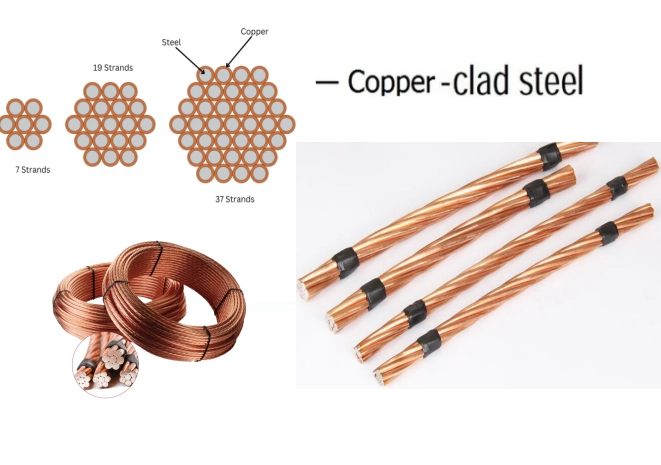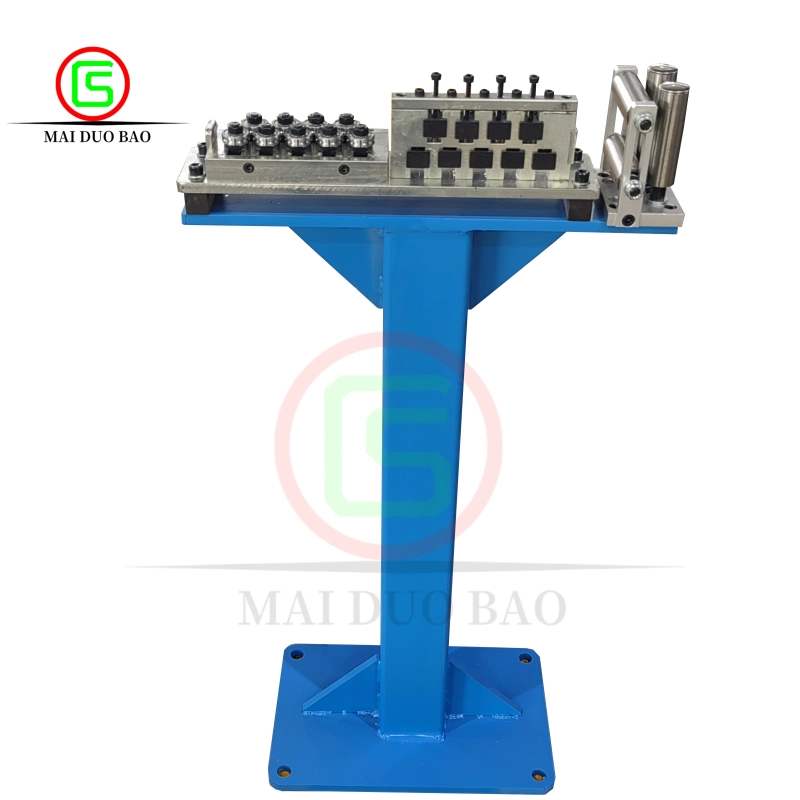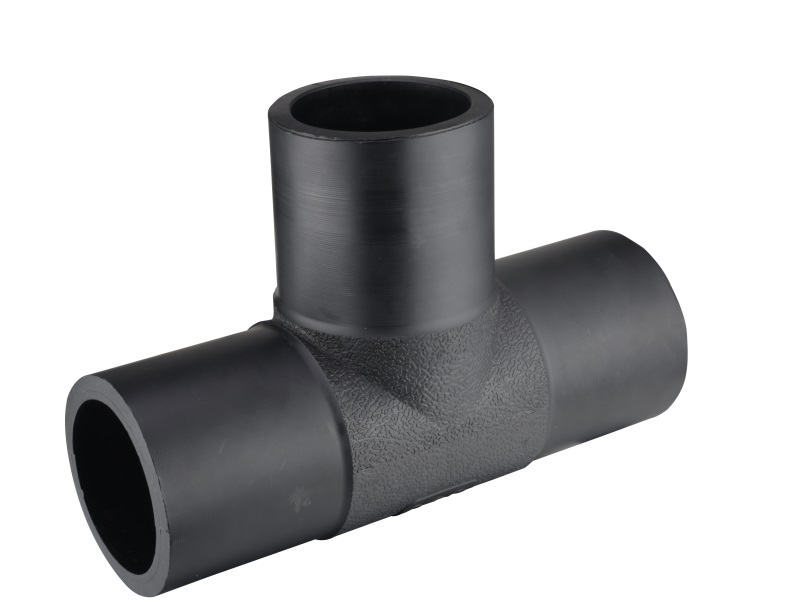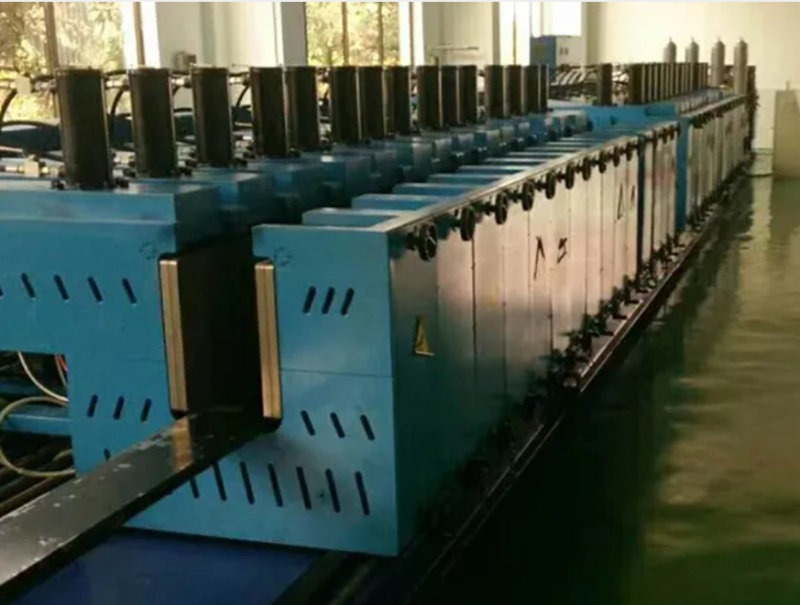In the realm of indoor air quality (IAQ) management, two prominent technologies often come into play: Heat Recovery Ventilators (HRVs) and Energy Recovery Ventilators (ERVs). Both systems are designed to enhance ventilation while minimizing energy loss, but they operate on different principles and are suited for different applications. This article delves into the intricacies of HRV and ERV systems, comparing their functionalities, benefits, and ideal use cases to help you determine which is better for your specific needs.
Understanding HRV and ERV Systems
Heat Recovery Ventilator (HRV)
An HRV system is designed to exchange stale indoor air with fresh outdoor air while transferring heat from the outgoing air to the incoming air. This process helps maintain a comfortable indoor temperature without the need for excessive heating or cooling. HRVs are particularly effective in colder climates where heating is a primary concern.
Energy Recovery Ventilator (ERV)
Conversely, an ERV system not only transfers heat but also manages humidity levels. It works similarly to an HRV but incorporates a moisture transfer mechanism. This means that in addition to exchanging heat, ERVs can either add or remove moisture from the incoming air, making them ideal for areas with high humidity or where humidity control is crucial.
Key Differences Between HRV and ERV
- Humidity Control:
- HRV: Primarily focuses on temperature regulation. It does not significantly alter humidity levels, which can be a drawback in humid climates.
- ERV: Capable of transferring moisture, making it suitable for both humid and dry environments. This feature helps maintain optimal indoor humidity levels, enhancing comfort and preventing mold growth.
- Energy Efficiency:
- HRV: Generally more efficient in cold climates where the primary concern is heat retention. It can significantly reduce heating costs by pre-warming incoming air.
- ERV: Offers energy savings in both heating and cooling seasons, making it a versatile choice for various climates. The ability to manage humidity can lead to lower energy consumption for air conditioning.
- Installation and Maintenance:
- HRV: Typically simpler to install due to its straightforward design. Maintenance involves regular filter changes and occasional cleaning of the heat exchanger.
- ERV: Installation can be more complex due to the need for additional components to manage moisture. Maintenance is similar to HRVs but may require more frequent attention to ensure optimal performance.
Pros and Cons of HRV and ERV
HRV Advantages:
- Excellent for cold climates.
- Simple design and installation.
- Effective in reducing heating costs.
HRV Disadvantages:
- Limited humidity control.
- May not be suitable for humid environments.
ERV Advantages:
- Dual function of heat and humidity control.
- Energy-efficient in both heating and cooling seasons.
- Ideal for a variety of climates.
ERV Disadvantages:
- More complex installation.
- Potentially higher upfront costs.
Choosing the Right System for Your Needs
When deciding between HRV and ERV, consider the following factors:
- Climate: If you live in a predominantly cold climate with low humidity, an HRV may be the better choice. However, if you reside in a region with high humidity or fluctuating temperatures, an ERV can provide significant benefits.
- Indoor Air Quality Requirements: For spaces where humidity control is critical, such as basements or homes with significant moisture sources, an ERV is preferable. Conversely, for spaces primarily concerned with heating efficiency, an HRV may suffice.
- Energy Efficiency Goals: Both systems can enhance energy efficiency, but ERVs provide a more comprehensive solution by addressing both temperature and humidity, potentially leading to greater overall energy savings.
Conclusion
In the debate of HRV vs. ERV, the better option ultimately depends on your specific needs, climate, and indoor air quality requirements. While HRVs excel in cold environments focused on heat retention, ERVs offer a versatile solution for managing both temperature and humidity across various climates. By understanding the unique features and benefits of each system, you can make an informed decision that enhances your indoor air quality while optimizing energy efficiency.




